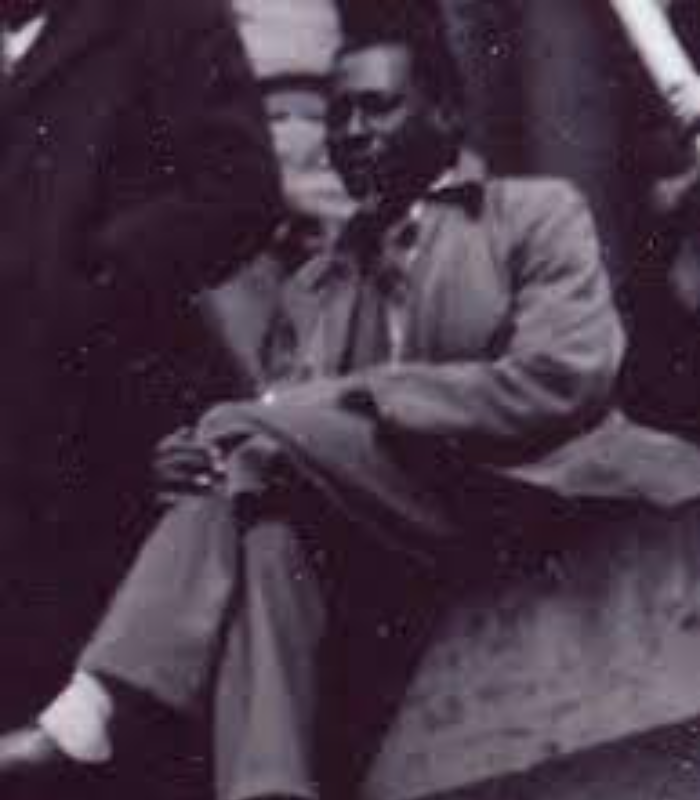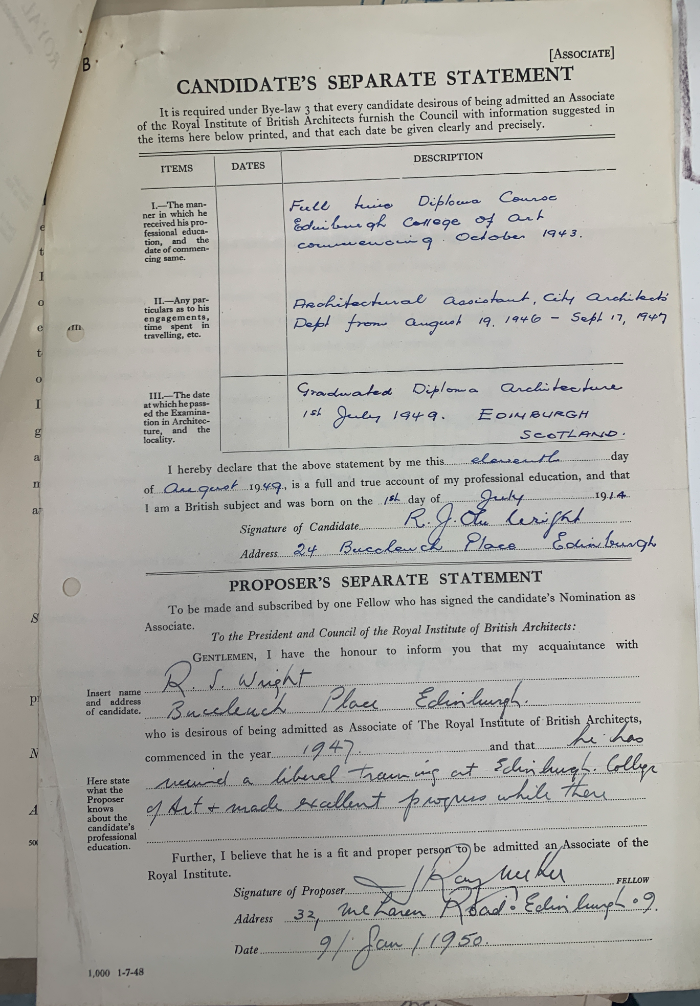Who was the first Black RIBA Member?
It sounds like it should be a straightforward question – after all, we know that in 1898 Ethel Charles was the first woman to become a member of the RIBA, and that in 1948 Minnette de Silva was the first Asian woman to join. This Black History Month, our RIBA Collections team shared the process of how we try to answer this question, revealing some of the RIBA Library and Collections sources we refer to along the way, and exploring why some questions remain unanswered.
Nomination papers
The nomination papers in our archive are one of the richest sources of information on the history of RIBA membership. These forms are individual architects’ applications for membership. They can reveal a great deal about the prospective member: their training, their professional experience, and their industry contacts (new members were required to obtain endorsements from existing Associate Members). However, they don’t, of course, record the prospective member’s ethnicity; the collection of this data is a relatively modern concept.
The RIBA Kalendar
We can flip our search, looking among lists of members for the names of known Black architects in the 19th and 20th centuries. The Kalendar of the Royal Institute of British Architects was published between 1886 and 1966 and contains lists of all RIBA Members for each year. From the 1960s onwards it was replaced with a member directory.
This means we can cross reference names listed in the RIBA Kalendar with those surfaced through other sources. For example, keyword searching for ‘architecture’ under the ‘occupation’ column in national census records reveals individuals such as Norman Alcius Harry, born in 1887 in Kingston, Jamaica, who went on to practice as an architect and surveyor in the UK. However, he does not seem to have joined the RIBA; there is no sign of him among the member lists in the Kalendar.
The earliest Black architects to have qualified in North America are better documented. But although American architects were eligible to join the RIBA as Honorary Corresponding members, searching for names such as Robert Robinson Taylor (1868-1942) and Julien Abele (1881-1950) among the Honorary Corresponding members listed in the Kalendars does not surface any matches.

Passenger lists
Another possible avenue for approaching the question is to look at the passenger lists of ships arriving in the UK from the Caribbean in the late 1940s, carrying what was to become known as the Windrush Generation. But although there were engineers, builders, and draughtsmen among the passengers of HMT Empire Windrush, none of the passengers’ professions are listed as architect. Keyword searches across online passenger lists for other ships that made similar journeys are complicated by the fact that there was a ship, launched in 1957 named (interestingly) the British Architect.
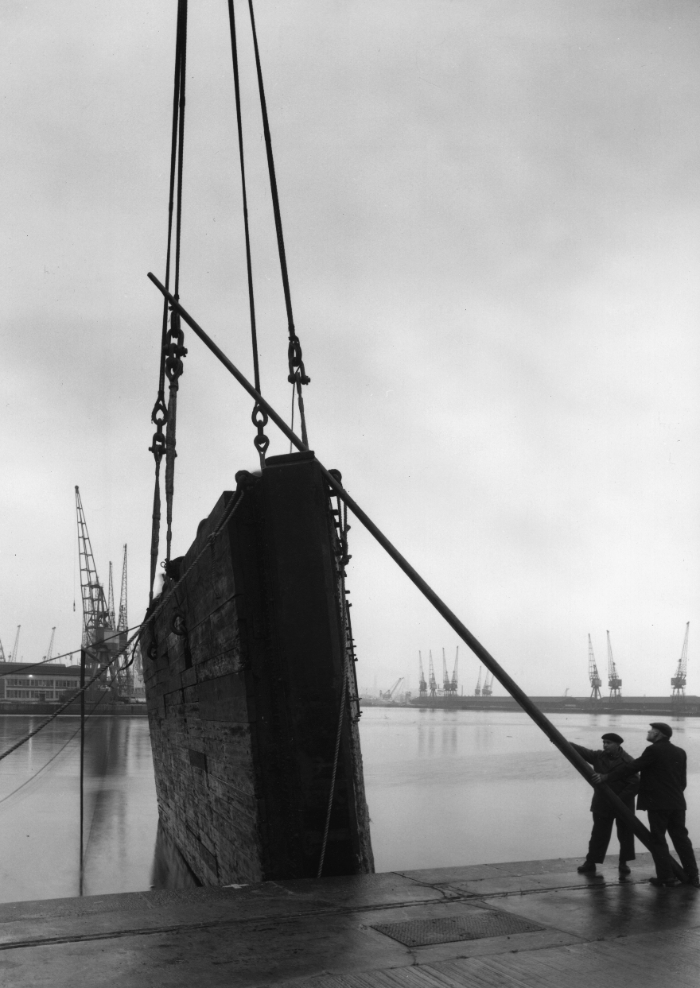
Courage Togobo and Rory Westmaas
Courage Togobo (below left) and Richard Owen ‘Rory’ Westmaas (centre) were part of a team of three who won a student ideas competition for Piccadilly Circus in 1961. Togobo was born in Ghana and won a scholarship to study architecture in 1954, beginning with a year in Ibadan, Nigeria, before moving to England to train at the Oxford School of Architecture and the Brixton School of Building, where he was studying when he won the competition.
Membership lists reveal that Togobo became a student member of RIBA in 1961, before upgrading to RIBA Associate membership in 1969. By now he was back in Ghana, working for the Planning and Design Office in Accra. Westmaas and Soo were also RIBA Members, initially as students before becoming associates in 1964 and 1961 respectively. As well as Westmaas' career in architecture, he campaigned against colonialism with the People’s Progressive Party in Guyana in the 1950s and joined the Communist Party of Great Britain after moving to the UK.
The third member of the competition team was Kuok Choo Soo (right) from what was then Malaya (now Malaysia). The Architect and Building News reflected, revealingly, “it is appropriate that the competition for what used to be known as the ‘hub of the Empire’ should have been won by three commonwealth students”.
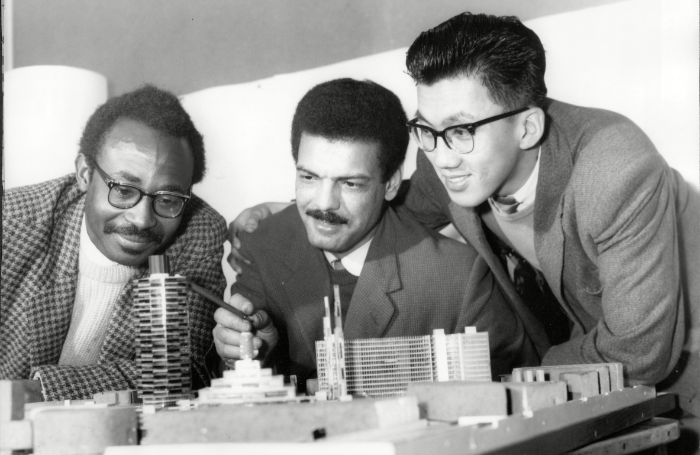
Archivists are well familiar with the challenges of answering questions like these. In even the best-organised archives, we rely on catalogue data that may have been applied in line with earlier cataloguing practises, anticipated research areas, and values. This means that it is frequently chance encounters, rather than systematic searches, that reveal the stories of underrepresented figures in history. Often, it is personal researchers looking into their family history that ‘uncover’ these stories.
That's how we heard about Ransford Jarrett-Yaskey MBE (1924-2000), Chief Architect to the Sierra Leone Ministry of Works. Family research led his niece to our archives, where she found that Jarrett-Yaskey was elected an Associate Member of the RIBA in 1958.
But while looking into Jarrett-Yaskey, we came across an obituary he wrote for his colleague, a fellow architect from Sierra Leone named Reuben Johnson Oluwole Wright (1914-1990). In RIBA membership lists, we find that Wright became an associate in 1950. His obituary, published in the RIBA Journal, recognises him as “the first Sierra Leonean to be fully qualified under the RIBA Conditions and registered as an architect”.
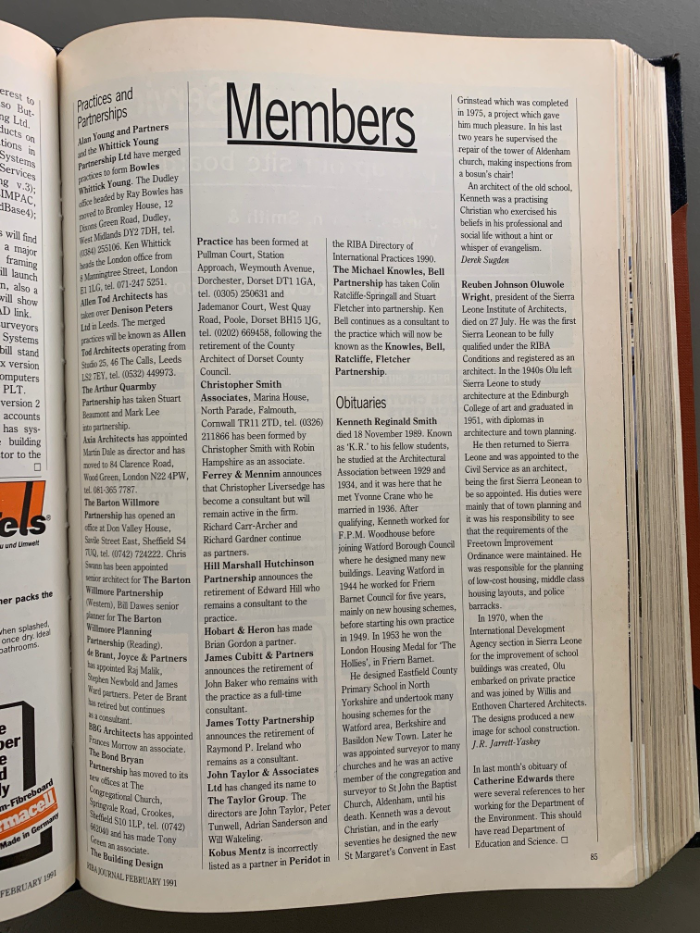
Wright moved to Edinburgh in the 1940s to train, before returning to Sierra Leone where he worked for the Civil Service as an architect, and eventually became President of the Sierra Leone Institute of Architects. The date of his election to the RIBA membership makes him the earliest Black RIBA Member we have come across so far, but it's more than likely there are others who came before him, whom we don’t yet know about.
But by focusing on looking for the ‘first’ Black RIBA Member we risk ignoring those that came after them, and underplaying the structural barriers that remain in place. While ‘pioneering’ individuals like Ethel Charles can serve to inspire later generations of architects, not every ‘first’ would have wanted to present themselves this way - or even known they represented such a first.
On the other hand, searching for 'firsts’ (whether we find them or not) can also reveal the stories of individuals, like Courage Togobo and Rory Westmaas, who may not have come first, but should still be recognised in their own right.
We're always looking to share stories that tell the history of our profession. Hundreds of researchers pass through our library and study rooms every year and are constantly illuminating new things. If you’ve come across a previously unheard story in our collections that you think more people should hear about, get in touch. We want to keep learning.
Update: We were delighted to hear from Audley English, who responded to our call for stories with this video discussing his work and life as the UK's first West Indian architect.
